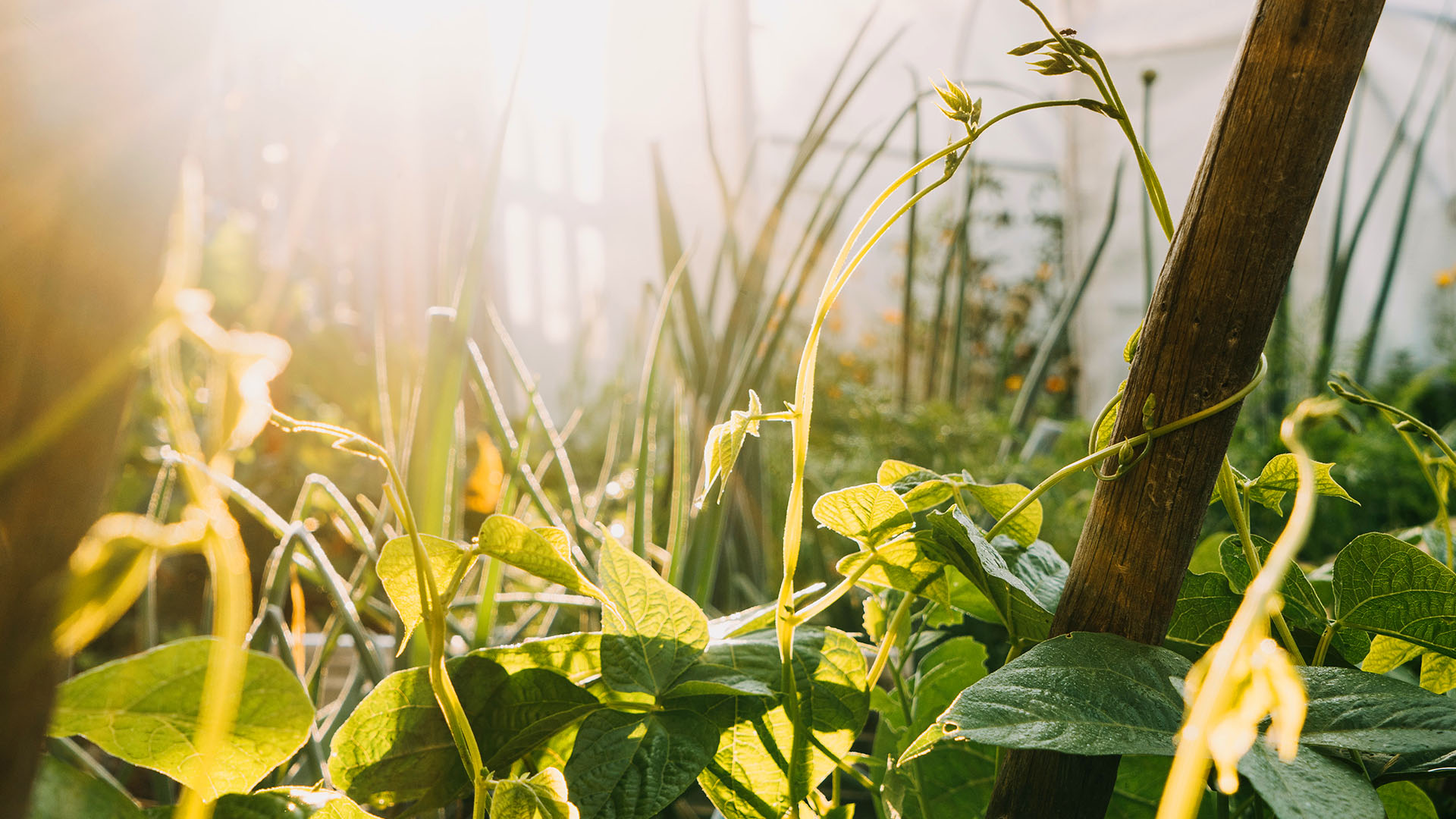Agriculture has evolved over several centuries, and spans the entire world. Therefore, it is no surprise that there are numerous different types of agriculture which are developing and trending in the industry. But what is permaculture, and how does it help protect our planet?
Agriculture has evolved over several centuries, and spans the entire world. Therefore, it is no surprise that there are numerous different types of agriculture which are developing and trending in the industry. Permaculture, in particular, is certainly up-and-coming in the world of farming, primarily due to the mission which unites us globally: fighting the climate crisis.
But what is permaculture, and how does it help protect our planet?
What is Permaculture?
If anything, permaculture is best described as a ‘caring’, sustainable approach to agriculture, in both its design and management. While such an approach has been prevalent throughout history, the term itself was created by David Holmgren and Bill Mollison in 1978: put simply, permaculture is an abbreviation of “permanent agriculture”, focusing on the permanence of daily processes, and our responsibility to act accordingly to this permanent impact.
Despite this term having been coined mere decades ago, its ‘whole systems’ approach to farming, in fact, turns the clocks all the way back, championing a more traditional approach to agriculture, as opposed to its more modern, industrial counterpart. For example, permaculture specifically focuses on the impact farming has on entire ecosystems – from the natural world surrounding us, to the society we live in. According to Permaculture principles, we must care for the Earth, care for the people, and share all resources fairly: taking only what we need, and returning any surplus back to the Earth. “Sharing and caring” – sounds fair enough, right?
How Does Permaculture Make Farming More Sustainable?
These ethics are particularly endorsed through the lens of our sustainable goals, which, in 2022, were brought into sharp focus as we collectively battled Global Warming. What’s more, caring for Mother Earth is an aim that we should all strive towards, regardless. And now, as we enter a new year, these goals remain front and center.
But how does permaculture specifically cater to sustainable farming? Well, as previously mentioned, permaculture takes inspiration from traditional cultures which work in tandem with their environment: “working with, rather than against nature.” For example, permaculture encourages more natural food production processes, sans machinery and synthetic fertilisers. This crucially results in less pollution, and less toxins being distributed into the atmosphere.
What’s more, permaculture champions the use of renewable sources, including the storage of energy all year round, from rainwater to solar electricity. One particular trend in sustainable farming is the aim to produce zero waste, which is, in fact, inspired by permaculture: if you start trying to follow the core values of permaculture, your farm will significantly reduce its waste, which subsequently benefits the environment.
Permaculture: The Future of Your Farm
So, how can you practically incorporate permaculture into life on your farm? It’s all very well us standing on our soapbox, preaching for you to “reduce waste”, for example – but how do you go about this specifically?
First things first, there are many key principles of permaculture to note down. To start, you should ask yourself: how ‘at one’ do I feel with nature? Meaning, do I take the time to observe and respond to the ever-changing cycle of nature, before making any fundamental decisions? It is important to interact with the ebb and flow of the natural world, and to let this act as an undercurrent for all your farm’s processes - particularly when creatively responding to change. Just like the food you grow, your permacultural approach should be organic!
As touched upon earlier, permaculture provides a sustainable alternative to industrial farming. So, how can you take on board permaculture principles to make your farm more eco friendly? When attempting to use solely renewable resources, make sure that you bear seasonal weather changes in mind. Hügelkultur, for example, is a fantastic sustainable technique, coined from the German translation of ‘hill culture’. This consists of burying large amounts of wood amongst your soil (with optional compostable plant materials atop this) which proactively conserves rainwater, giving the soil the nourishment it needs - with no water wastage! This is particularly useful during dryer seasons or droughts. There are other nifty ways to reuse water: you can collect rainwater from roofs, greywater from daily chores around the house, and you can even fashion a homemade water reservoir to catch stormwater at the bottom of hills. Waste not, want not!
Another great example of permaculture in action is agroforestry, which allows all facets of agriculture, from foliage to crops, to exist in harmonious tandem. Specifically, forest farms - otherwise known as ‘food forests’ - use a seven-layered system, with the intention for all plants to be edible. This ‘man made’ forest is a highly sustainable source of nutrition - and a wonderful advocate for biodiversity!
These are just a few examples as to how your permaculture-friendly farm can align with nature, yet it is also important that we mention the integral alignment with your community. If you haven’t already noticed, permaculture is all about its core values, which include caring for the Earth - and the people who inhabit it. Are you playing your part to ensure that members of your local community have the resources they need? Being involved in charitable community projects is the ultimate way to align with permaculture principles, which dictate that we should simply take what we need, and share the remainder. What’s more, it is also important for your processes to be fluid, and open to change; be willing to take on feedback from the people around you, and amend systems if necessary.






